This post may contain affiliate links which means I will get a commission if you make a purchase at no additional cost to you. As an Amazon Associate I earn from qualifying purchases. Please read my disclosure for details.
Coffee shop prices in 1985 were grounded in simplicity, with basic brews and modest expectations. A regular cup cost far less, and options were limited to cream or sugar.
Today, the menu is more complex, the drinks more specialized, and the prices far higher. Comparing them to now reveals how culture, not just coffee, has changed.
A Cup of Regular Brew
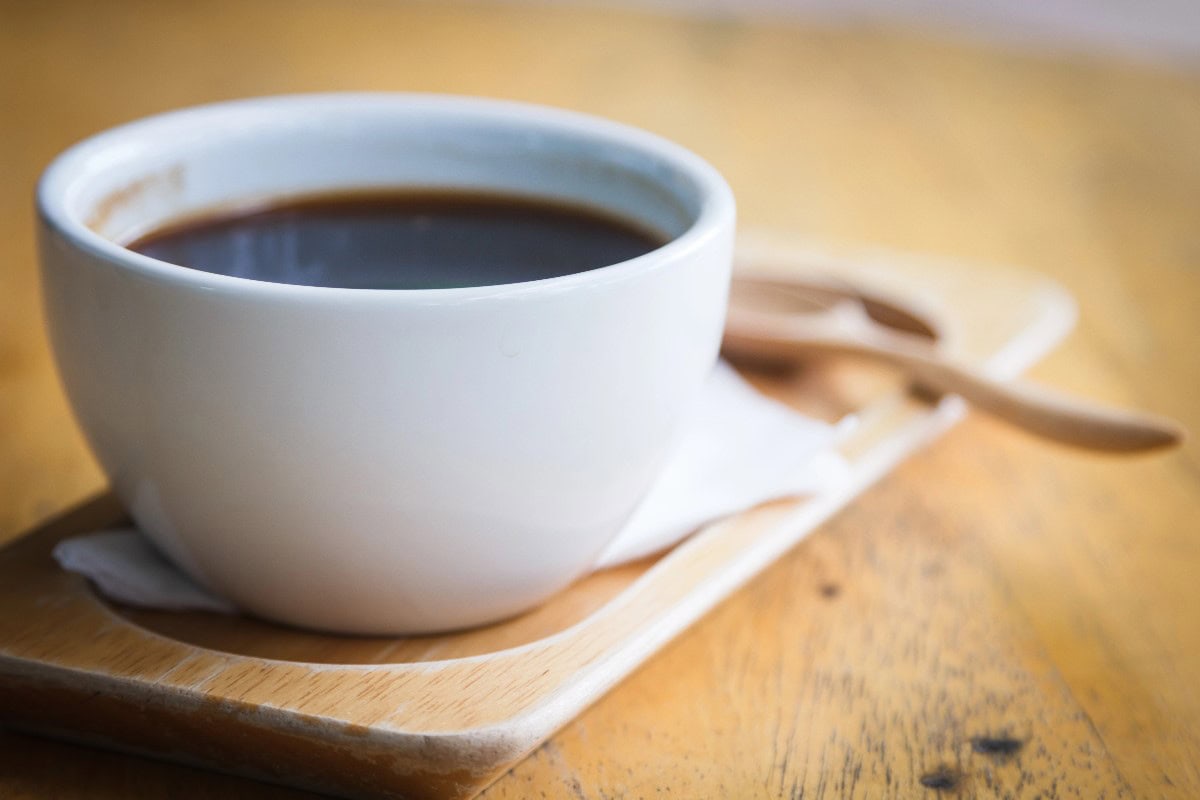
WANT TO SAVE THIS RECIPE?
In 1985, a cup of plain black coffee was incredibly affordable, usually served in a heavy ceramic mug at your local diner. Today, the same basic cup comes in a paper to go cup and can cost three to four times more. The price reflects shifts in sourcing, presentation, and inflation.
Milk was Just Milk
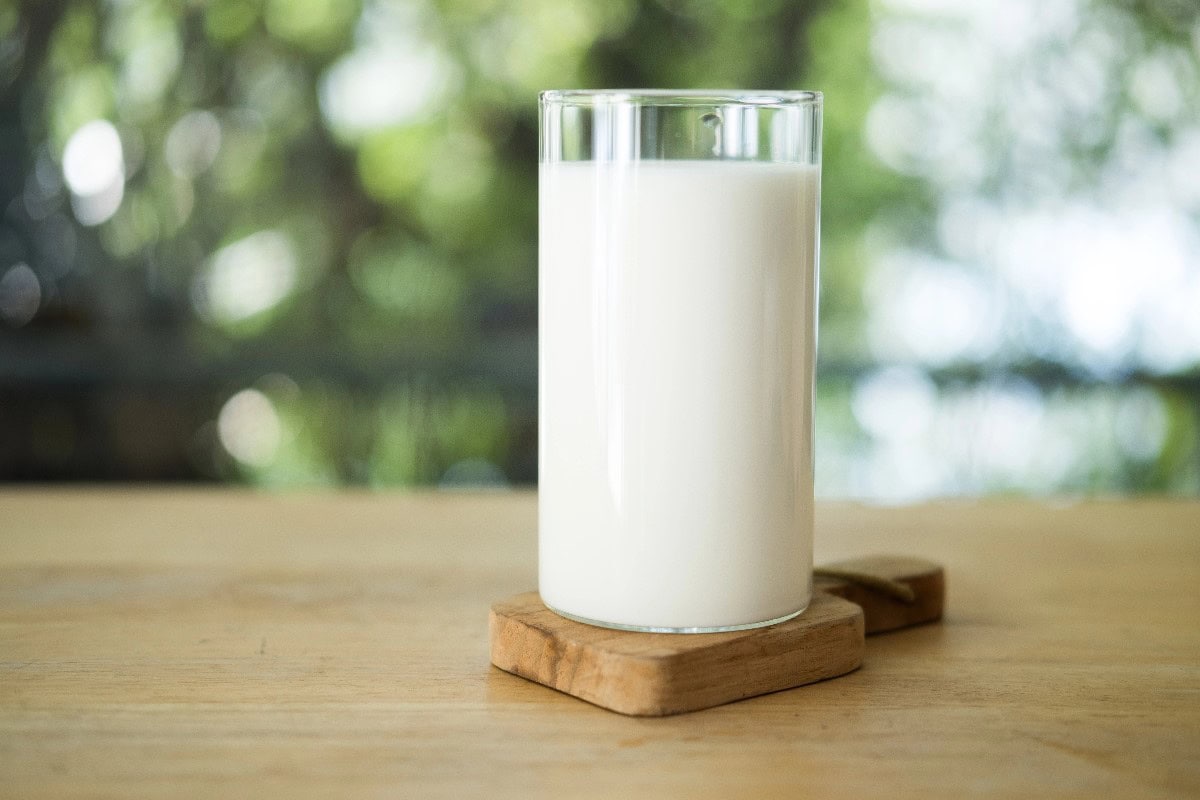
You had one option: whole milk. If you wanted it lighter, you added cream or sugar. Today’s coffee shops offer oat, almond, soy, coconut, and more. These choices, while accommodating, come with upcharges that did not exist in the 1980s.
Specialty Drinks were Rare
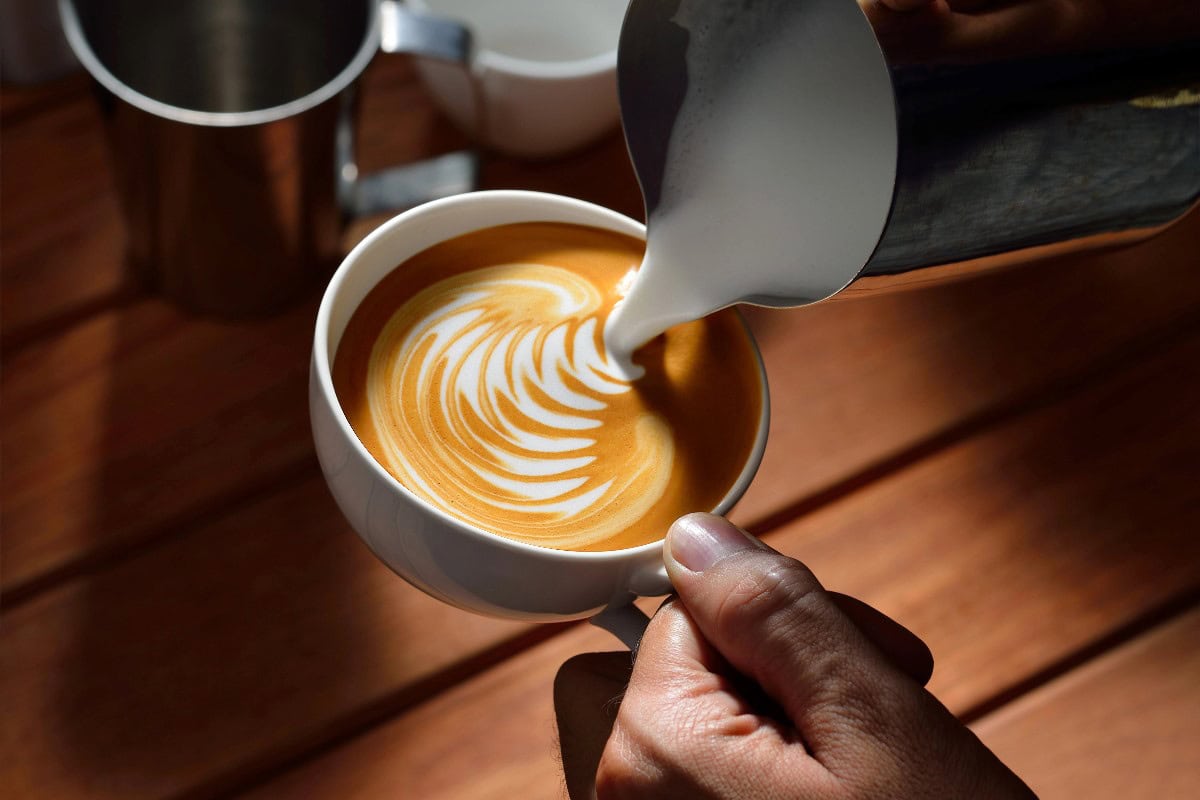
Ordering a cappuccino or latte in 1985 meant you were probably in a niche café in a big city. Today, those drinks are mainstream staples and come with high end branding and seasonal flavors. That elevated status has also pushed the pricing much higher.
Sizes were Simpler

Back then, most shops had one size, just coffee. No tall, grande, or venti. Modern sizing creates the illusion of value but often nudges customers toward paying more for extra volume they may not need. Simplicity is used to keep pricing straightforward.
Refills were Usually Free
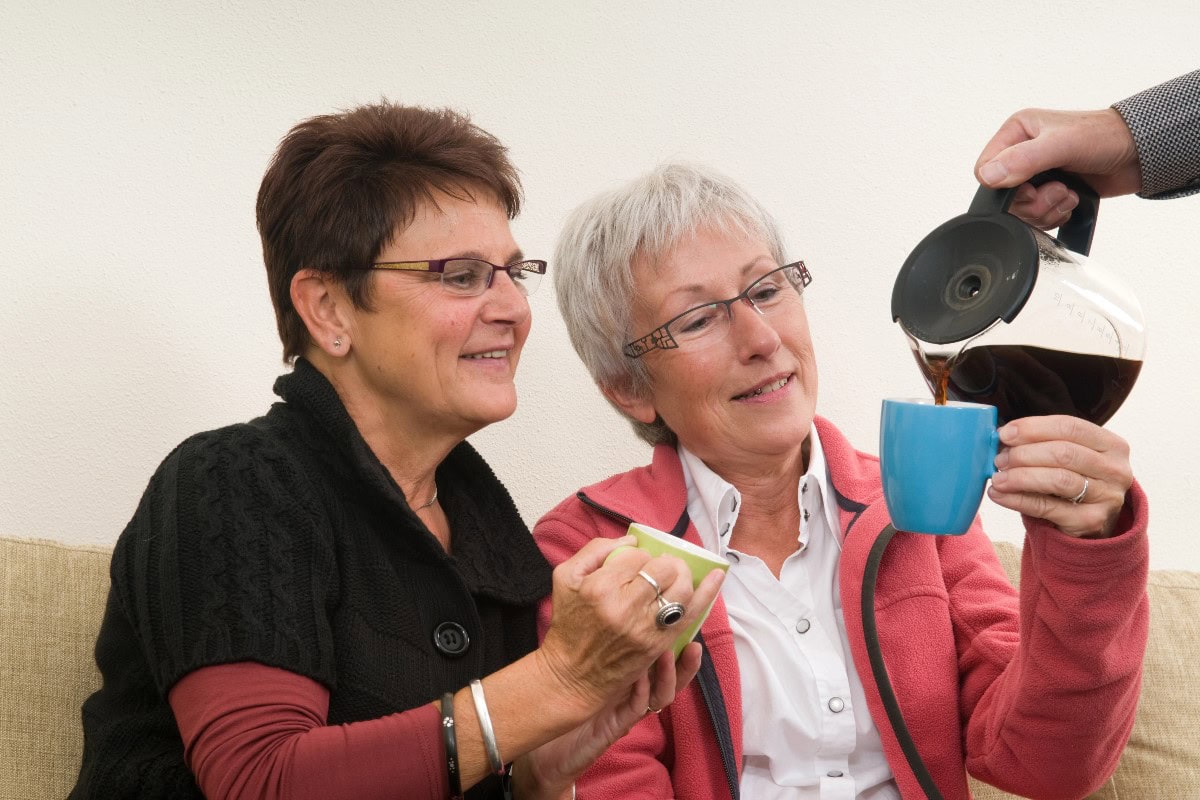
Sit down diners and classic coffee shops would offer unlimited refills for the same low price. Today, free refills are rare, especially at chain cafés. Most locations now charge full price again, even for just a little extra pour.
Flavored Syrups Changed the Game
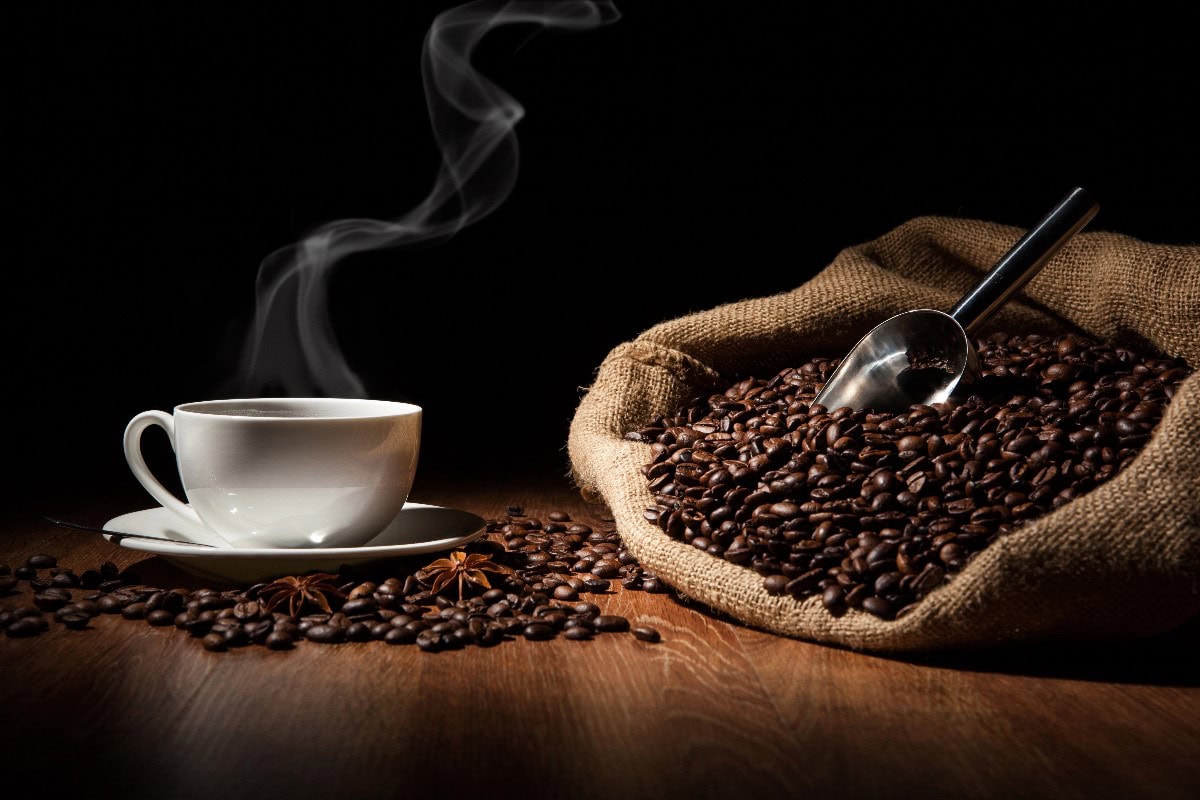
There were no vanilla, caramel, or seasonal syrups in the average 1985 coffee shop. The rise of flavor customization added complexity and cost to orders. With each pump of syrup comes a higher price tag and a shift away from the basics.
Related Post: 12 Bodegas In New York With Food So Good People Travel Across Boroughs
Coffee to Go was Not the Norm

Most people drank their coffee on the spot, sitting down with a newspaper or chatting with locals. Today’s coffee experience is designed for takeout, complete with packaging and marketing, which contributes to higher overall prices.
Related Post: 11 Delis In The US Where Sandwiches Are A Serious Art Form
Coffee was Not Considered a Lifestyle
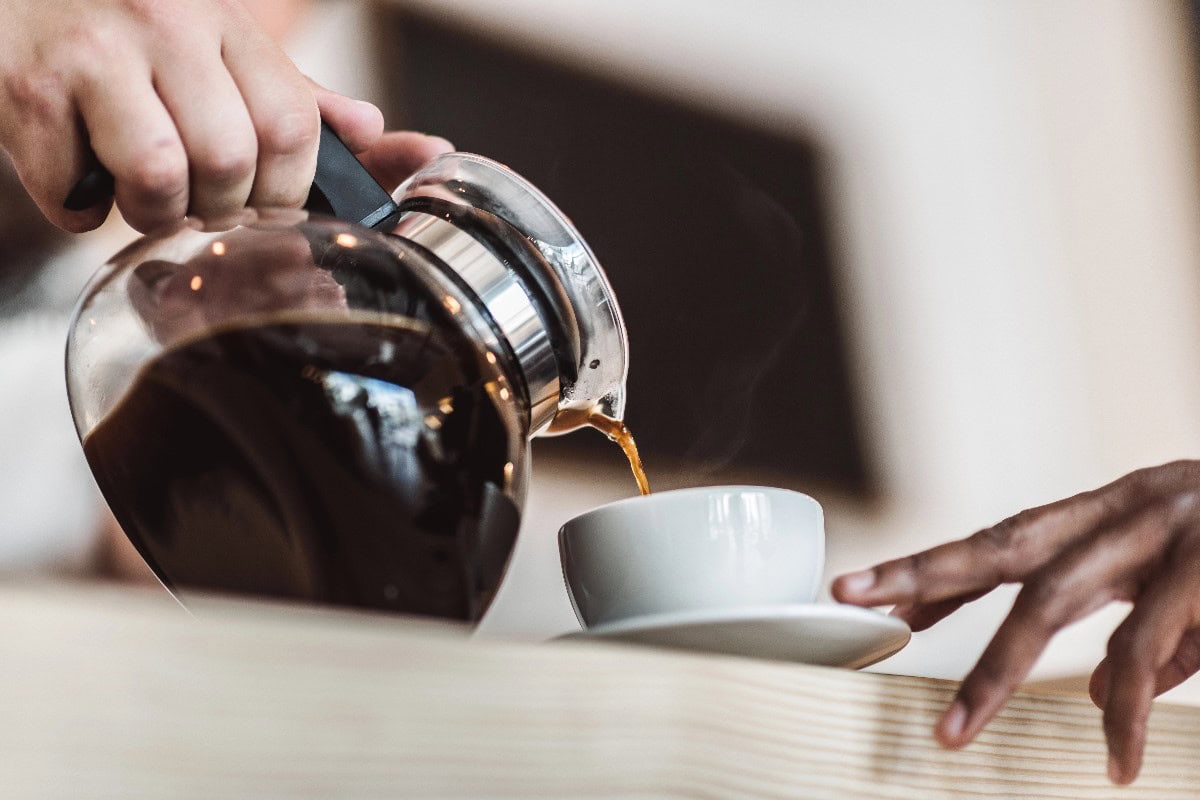
In 1985, coffee was a beverage, not a personal brand. There were no curated café playlists, latte art, or social media aesthetics. The shift toward experience driven consumption has helped justify modern pricing, even if the actual cup costs pennies to brew.
Related Post: 10 Fast Food Spots In The US Where Employees Are Treated Better Than CEOs
Coffee prices have risen far beyond inflation, shaped by changing tastes, expectations, and culture. What was once a simple morning ritual is now a crafted experience with a premium. Looking back at 1985 reveals how much has changed and what we are truly paying for today.
Disclaimer: This list is solely the author’s opinion based on research and publicly available information.
12 Cafes That Let You Stay All Day Without Buying More Than One Coffee
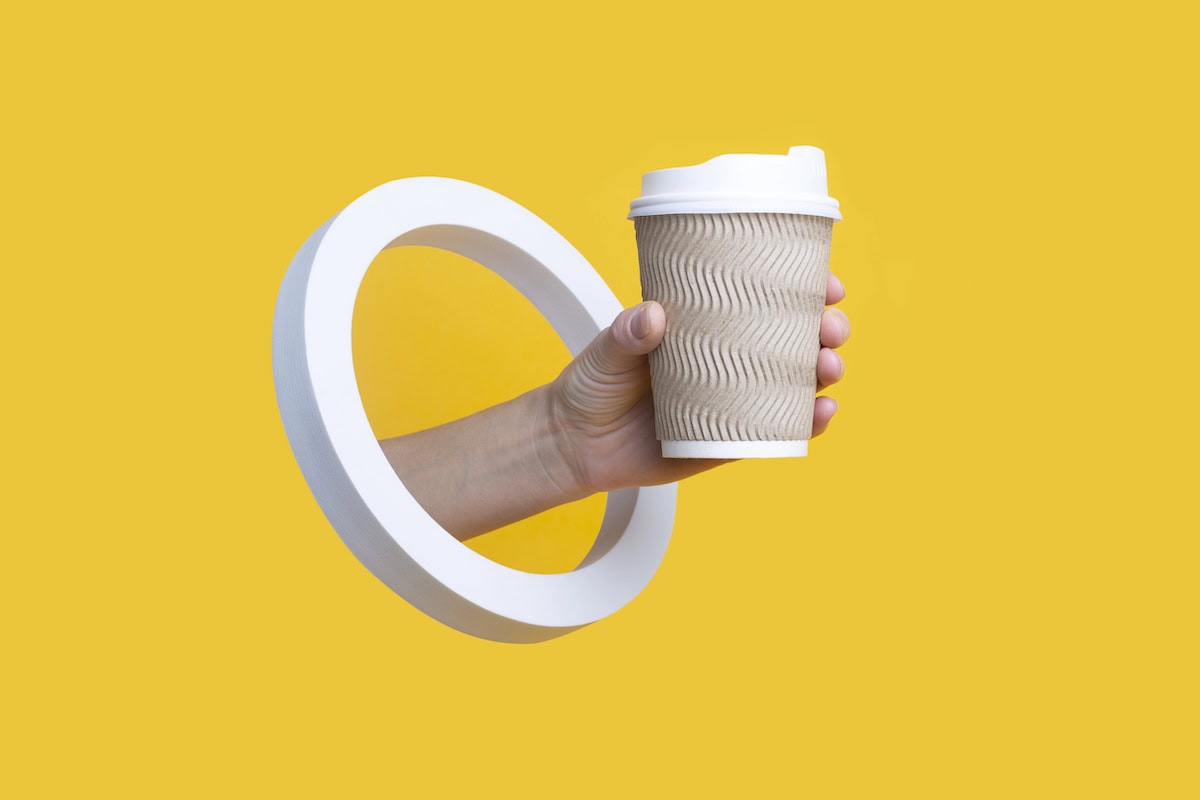
In a world where productivity often feels rushed and presence is constantly borrowed by the next notification, the humble café stands as one of the last remaining places where time slows down just enough to let you breathe. But not every café welcomes the quiet lingerer, especially the kind who nurses a single drink for hours while immersed in work, conversation, or reflection.
Read it here: 12 Cafes That Let You Stay All Day Without Buying More Than One Coffee
How to Save $100+ Every Month at the Grocery Store

From planning your meals to avoiding sneaky upcharges in the snack aisle, here’s a realistic guide to trimming your food budget without adding stress to your week.
Read it here: Things Moms Waste Money On (and Don’t Even Know It)
Is Walmart+ Still Worth It in 2025? The Truth After 3 Years

Is the new Walmart Plus worth the annual fee or is it just another failed version of Amazon Prime? I spent my own money trying this service out for 12 months and counting. I have a lot to say about the benefits and drawbacks in this Walmart+ honest review.
Read it here: Is Walmart+ Worth It? Honest Review 3 Years Later!
You’ll love these related posts:
- 11 Grocery Chains That Boomers Miss And Gen Z Will Never Know
- 12 Restaurants That Only Locals Know Have Michelin-Level Food Without The Price
- 14 Farmers Markets That Are So Popular You Have To Arrive Before Sunrise
- 14 Farmers Markets Where You’ll Spend More Than You Planned And Love It
- 11 Restaurants Where the Food Is Forgettable But The Story Isn’t
